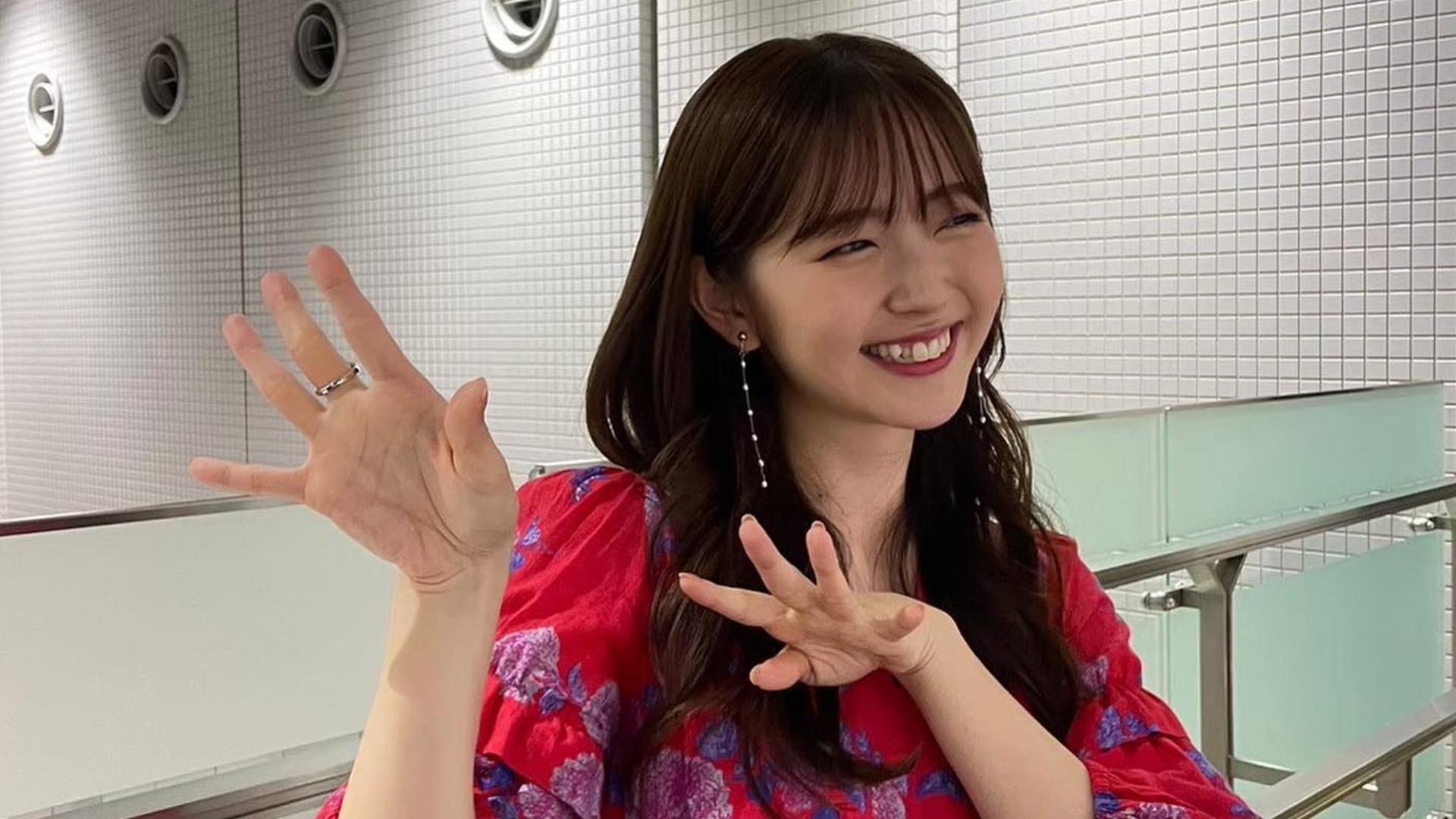The Rise of “Yaeba” in Japan: Embracing Dental Irregularity
In many Western countries, straight teeth are often seen as the gold standard for beauty and confidence. However, in Japan, a unique and contrasting trend has gained attention: “yaeba,” or the art of highlighting dental irregularities. This phenomenon challenges conventional notions of aesthetics and offers a fascinating glimpse into how cultural values shape beauty standards.
What is “Yaeba”?
The term “yaeba” translates to “double teeth.” It refers to a specific dental feature where the canines are more prominent, sometimes appearing slightly crooked. This characteristic creates a smile that is perceived as more “cute” and natural. In a society that values candor and spontaneity, what might be considered a flaw in other cultures becomes an attractive trait.
Dental clinics in Tokyo have even started offering procedures to achieve this look. For individuals whose canines are not naturally prominent or are too subtle, artificial teeth can be used to mimic the effect. While this trend was particularly popular in the 2010s, it has since seen a decline in mainstream appeal, though it still holds a niche following among certain groups.
Tolong support kita ya,
Cukup klik ini aja: https://indonesiacrowd.com/support-bonus/
A Trend Adopted by Celebrities
Japanese celebrities, especially J-pop idols, have played a significant role in popularizing the “yaeba” trend. By proudly showcasing their uneven teeth, they have helped shift public perception. The “yaeba” smile is often viewed as endearing—less perfect but more human. This contrasts sharply with the ultra-straight smiles commonly associated with American plastic surgery, which often emphasize symmetry and precision.
A Beauty Standard That Divides Opinions
While some people find the “yaeba” aesthetic appealing for its childlike and authentic charm, others find it strange or even unattractive. The idea of intentionally altering one’s body to fit a cultural ideal raises questions, especially considering the potential risks involved. These procedures can have long-term effects on oral health, making it important for individuals to carefully consider the implications before pursuing such changes.
Moreover, the “yaeba” trend highlights the broader societal pressures women face in meeting ever-changing and often restrictive beauty standards. It underscores how cultural norms can influence self-perception and the lengths to which individuals may go to conform or stand out.
A Reflection of Global Beauty Diversity
The “yaeba” phenomenon serves as a reminder of the vast diversity in global beauty ideals. While some view it as a passing fad, others see it as a form of embracing imperfection and redefining what is considered beautiful. This trend challenges the notion that perfection is always desirable and encourages a more inclusive perspective on aesthetics.
One thing is clear: the “yaeba” smile continues to spark conversation and debate. Whether seen as a quirky fashion statement or a deeper cultural movement, it leaves no one indifferent. As beauty standards evolve, the “yaeba” trend stands as a testament to the complexity and fluidity of what society deems attractive.







